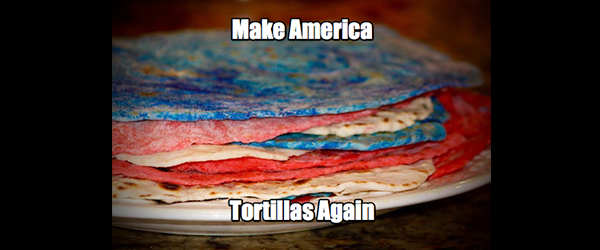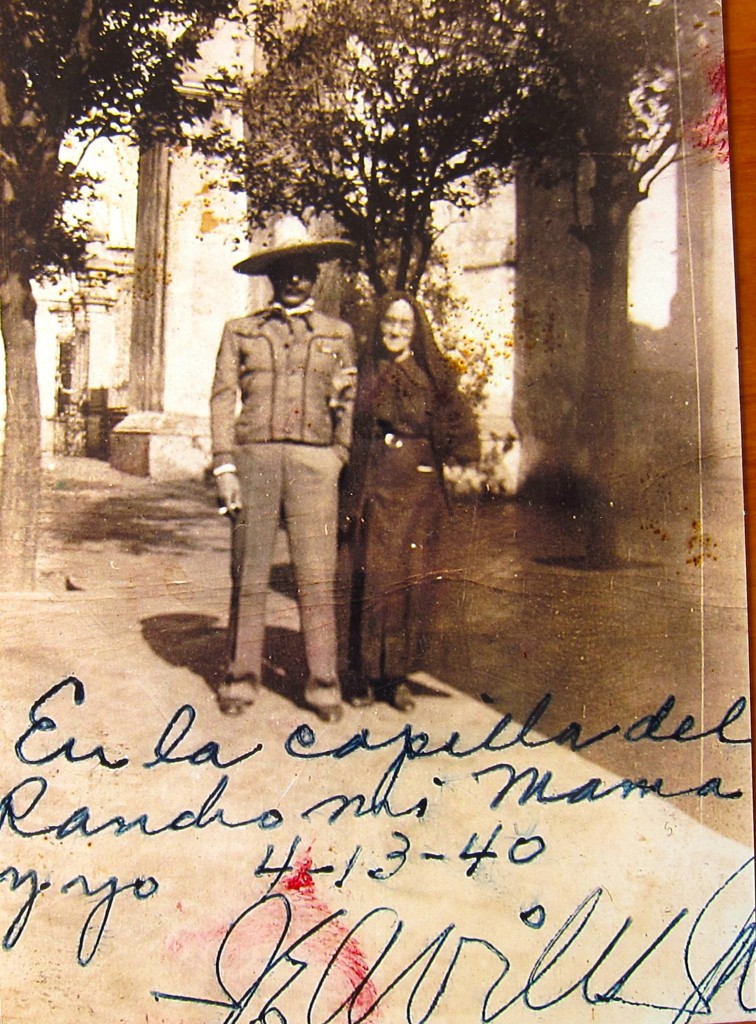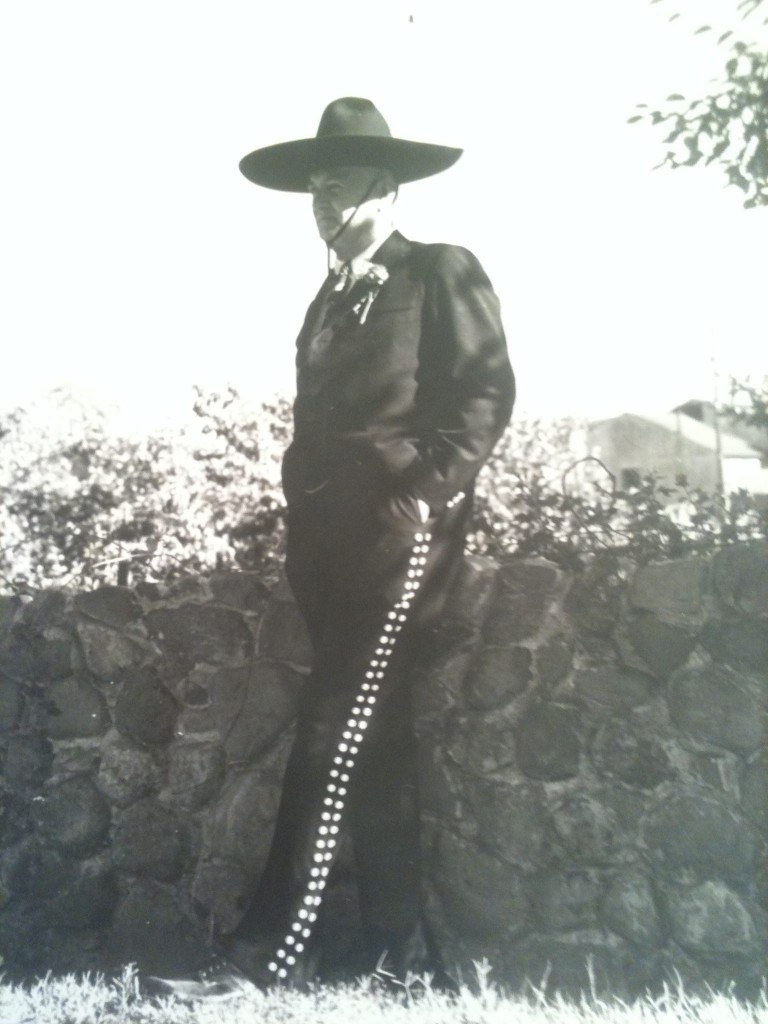by Marcela Davison Aviles
Cultural appreciation and its cousin, cultural appropriation, is all the news these days. Whether it’s the current debate on college campuses, or online, who owns what aspect of global heritage is the new question of the day, and the results, to measure the invective which substitutes for measured conversation, are not encouraging.
As someone who has been called a “wetback” by some folks, a “pocha” by other folks and lived to tell the story of my Mexican and American heritage, I think the name calling these days is getting confusing. Back in the day, hurled insults relied on a few trusted epithets; the garden variety pejorative was known and understood. Modern insults are complicated and complex. Now, the academy has taken up the task of labeling the labelers. We now have definitions for “safe spaces,” “cultural appropriation,” “normative default perspectives” and policies and procedures on the wearing of Mexican sombreros, which apparently may only be worn by actual Mexicans, in Mexico. At the end of this article is a photo of my Grandfather – William Beatty Davison. This was his favorite suit – he proudly wore his charro outfit any chance he got. Am I to believe this son of New Jersey, who loved Mexico, married a Mexican woman and raised a family there is guilty of cultural appropriation?
Here’s a photo of my other Grandfather, Jesus Avilés, with my Great Grandmother. Family lore has it that my abuelo Avilés, who was a proud member of the charro association in Guadalajara, liked to chase my Grandmother by riding his horse in the house. The Mexican charro is a catalyst of the American west – from the cowboy hat, to cowboy boots, the lariat, the barbecue, and the penchant for music which is romantic and yearning and melancholy, Mexico’s charro culture rode El Camino Real north and never looked back. Some folks think it was appropriated in 1848 but as a lawyer my own opinion is no such confiscation took place since you can’t appropriate yourself, more than you can wall away identity, deport culture or regulate folklore. This is what the right and the left both seem to have forgotten – heritage is a nimble root. It plants into bedrock and grows a variegated crown.
My Grandfathers lived in the era of Franklin Roosevelt, whose remarks at Chautauqua, New York in 1936 apply today: “many causes produce war. There are ancient hatreds, turbulent frontiers, the legacy of old forgotten, far off things, and battles long ago. There are new-born fanaticisms, convictions on the part of certain peoples that they have become the unique depositories of ultimate truth and right. . . “ The legacy of forgotten heritage is where common understanding is recalled. FDR used the idea of old-fashioned concepts – neighborliness, the clasp of a handshake, the idea of friends beholden to one another through mutual concern for well being – to frame not only his foreign policy with Mexico and South America but his domestic plan for recovery. These are ideas whose foundation is built on the bedrock of empathy. Historians may debate Roosevelt’s motivation – but his stated policy is on the record. He was proud of the fact that in 1936 our southern border had no walls and bi-lateral friendship required no passports. He fed English royalty American hotdogs and American audiences warm tortillas via the Mexican storytellers he recruited to share their heritage north of the border.
Empathy is the capacity to understand or feel what another is experiencing from within the other being’s frame of reference, i.e., the capacity to place oneself in another’s position. It requires an effort to imagine another side or point of view. But enforced separation – whether through brick and mortar walls or the creation of well-intentioned safe spaces – cuts off the very personal contact needed to discover common ground. Conversation, traveling, storytelling, shared meals, shared cultural experiences, asking questions, active listening – these are some ingredients for empathy. With community tension seemingly rising with every political campaign report and college campus gathering, I’ve been asking myself if there is more to empathy than Atticus Finch’s advice to stand in another man’s shoes.
Yes, there is more – for college students who are throwing tequila and sombrero parties, for protestors of Trump’s Great Wall, and even for others who are deeply offended by tequila parties — creating safe spaces on campus is not enough. Protesting the Great Wall of Trump is not enough. It takes knowing and remembering and sharing that before 1848, half of the United States was Mexico. It takes knowing and remembering, as most historians do, that the U.S. / Mexican War was not only fundamentally about violence, or President Polk’s land grab for profit, or a policy designed to preserve slavery in the South by expropriating new lands in the West – it was about a continuing expropriation of culture, language and way of life for families who lived in occupied territory for generations and who still live in lands they consider occupied.
As historian Antonia Castañeda notes, it takes remembering that when the Mexican – American War concluded, “there were close to 75,000 Mexicans living in the conquered territory, from California to Texas. And they had the choice of either going back to Mexico or staying in the United States. If they stayed, they could choose Mexican or U.S. citizenship. If they didn’t declare their choice, after a year they would be automatically citizens of the United States. Many of them discovered that they had become second-class citizens — that American laws were not extended equally to them. Justice was delayed and therefore denied. Many of them lost their rights to own land, for reasons that are quite complicated. But clearly in the end, Mexicans from California to New Mexico lost their properties, and began to feel, as expressed by some of them, that they had become foreigners in their native land.”
It takes remembering that the war of 1848 was an economic, psychic, territorial and familial tragedy for Mexico, the consequences of which the people of both countries feel to this day, primarily in the search for a better life whose disruption seems eternal.
It takes remembering that the war of 1848 attempted to erase the identity and history of the Mexicans living in occupied territory. And in words of Professor Castañeda, “people will not be erased. So, people have struggled, they have resisted, and they have survived. It’s still part of that struggle to survive. How can we live in these different enclaves without really connecting and knowing each other? How do we live these multiple consequences?”
And it takes understanding that people fall in love with culture all the time. Some, like my Grandfather, fall so deeply their very identity becomes enmeshed with their cultural passion. Others, like millions of Americans, fall in ways more superficial – who doesn’t love a steaming hot tortilla filled with barbecue from the food truck down the block?
Two men in my family, one Latino, one Anglo – my Grandfathers – acquired this capacity for empathy. I never met them, and my parents are also gone now, so I have to rely on a few basic pieces of evidence for this perspective. They shared a love of liberty, Mexico and America. They shared a generous and Romantic nature. My Mexican Grandfather Jesus Avilés, signed the papers his son, my Uncle, needed to go fight in WW II for the Americans when he was just 17. My American Grandfather, William Beatty Davison, immigrated to Mexico to find work. While there, he fell in love with the country and my Grandmother. My Dad told me once he loved to sit on his porch in Carbó, eat fruit with his kids and watch thunderstorms. They had excellent taste in suits. And women. And especially, hats. They found common ground in the culture and good people of Jalisco, Sonora and Arizona who were good neighbors in 1936 and good neighbors now. They found common ground in remembering and sharing a love of heritage which would not be erased.
Note: All images courtesy of Marcela Davison Aviles.
Marcela Davison Aviles is an author, lawyer and founder of Chapultepec Group, a leading cultural insights agency serving the arts and entertainment industry and Managing Director of El Camino Project, a new arts social venture initiative.




